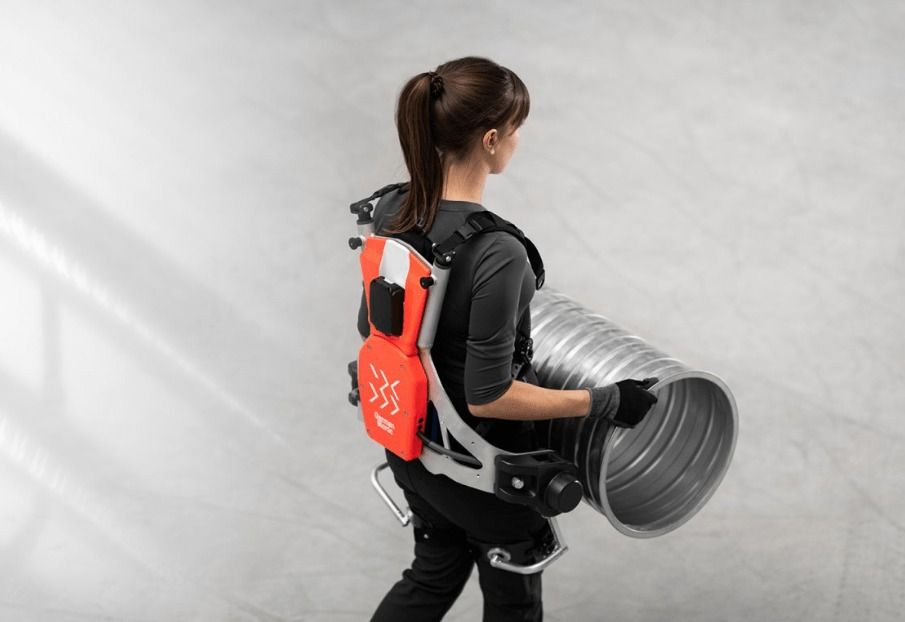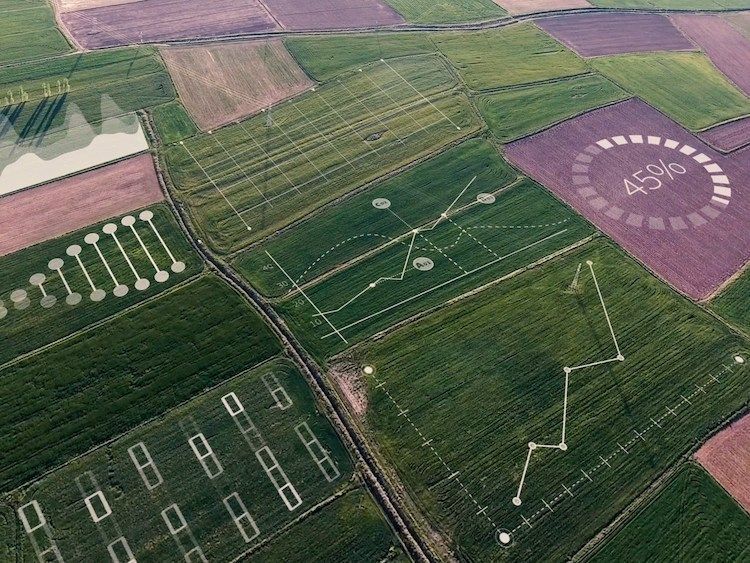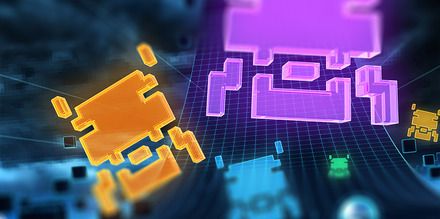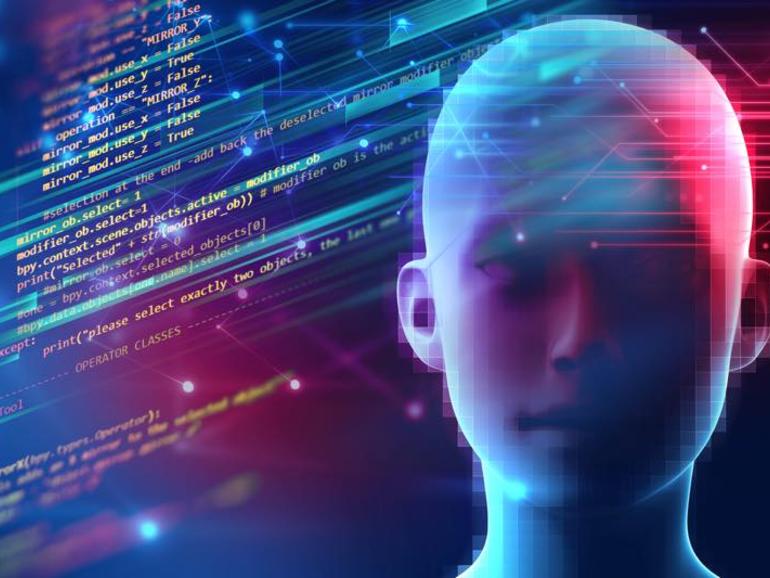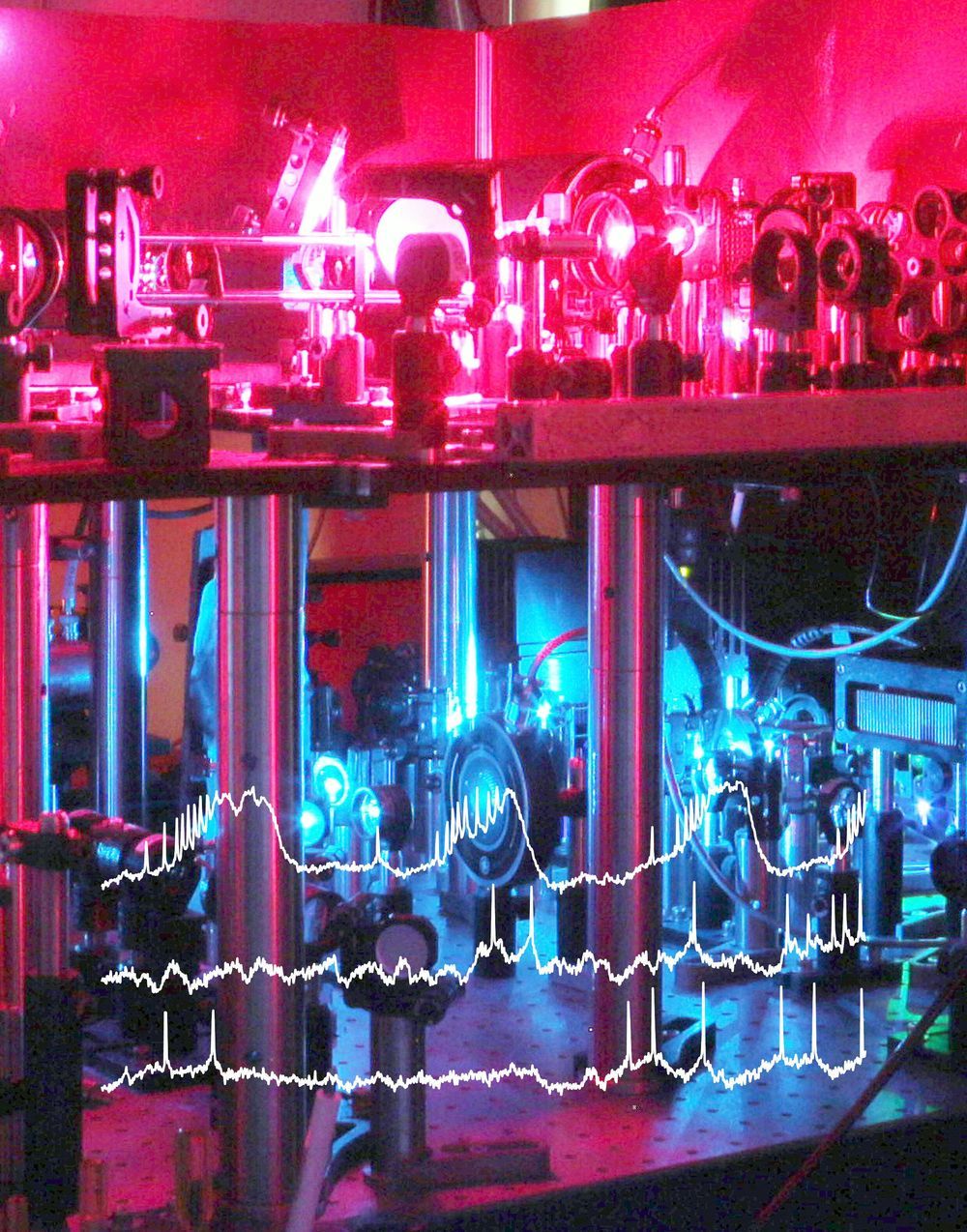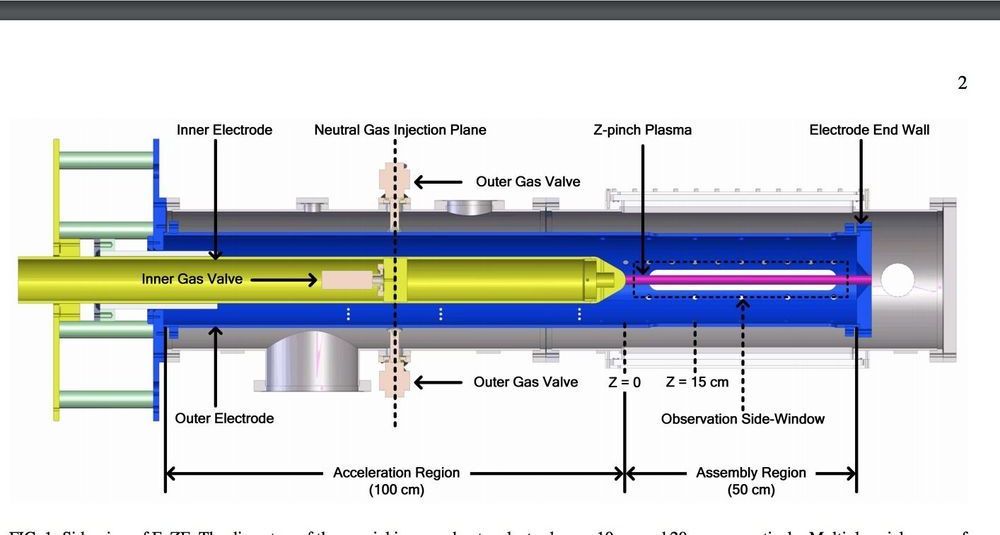Robotics specialist German Bionic is to present the first connected robot exoskeleton for use with the industrial internet of things, at the Hannover Messe industrial technology show.
The German Bionic IO cloud platform connects the third generation of the Cray X exoskeleton with all common enterprise solutions and networked manufacturing systems, enabling complete integration into “smart factory” and Industry 4.0 environments.
Besides cloud services such as wireless software updates – over the air – and predictive maintenance, German Bionic IO facilitates the continuous optimization of the intelligent control system through machine learning and lays the data-scientific foundation for the next development stages of bionics.
